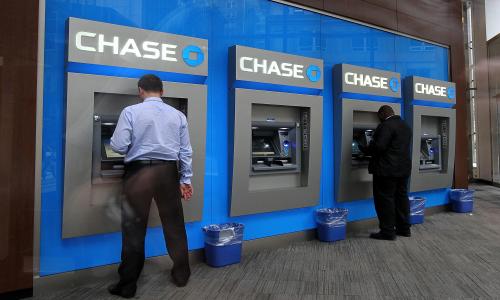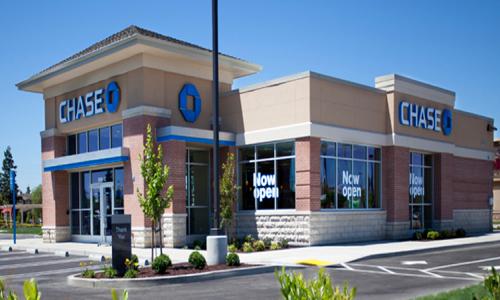The FDIC today passed a final ruling limiting the rates that undercapitalized banks can offer on savings, certificates of deposit, and other deposit products. The ruling leaves a lot of unanswered questions, including how much of an impact will it have on adequantly capitalized institutions.
The key component of this ruling titled Final Rule for Interest Rate Restrictions on Insured Depository Institutions That Are Not Well Capitalized is that banks that are undercapitalized (exactly how this is now measured is unclear) cannot offer rates that are more than 75 basis points higher than a "national average" established by the FDIC.
The biggest change is in how this national average is calculated. In the draft rulings, it was calculated as 120% of the current yield on similiar obligation US Treasuries. In the case of deposits in which less than half were insured, the rate went up to 130% of similiar yield Treasuries. But with Treasuries at record low yields over the last year, this has severaly constrained the ability of some instititutions to fund themslves.
The new ruling redefined "national rate" to "a simple average of rates paid by insured depository institutions and branches for which data is available." This severs the connection between the national rate and US Treasuries. This market rate will then be the benchmark rate in all market areas. Based on the ruling, banks will not be able to offer rates that are more than 75 basis points above this "national average" unless they make a case of the FDIC that local rates are markedly higher than this national average.
So, is this good or bad? For now, because of the artificially low level of Treasury yields, this is probably good and will allow some banks to raise their rates. Longer term, it may be bad for savers if Treasury rates spike, as many suspect they will due to government borrowing.
The other problem has to do with Internet banks, many of which we cover on BestCashCow. As a reader mentioned in a post on the ABA and Ally Bank, it doesn't seem right to lump Internet banks and brick-and-mortar banks together. Shouldn't Internet banks be allowed a bit more flexibility since they presumably have a lower cost structure?
Lastly, it appears this ruling isn't just for undercapitalized banks. The ruling differentiates between three different types of banks:
1. Adequately capitalized that accept broker deposits.
2. Adequately capitalized that do not accept broker deposits
3. Undercapitalized banks.
All of these institutions must adhere to the rate limits set by the "national average." Why the ruling is said to only address undercapitalized institutions is unclear to me. If this is true, then the ruling is really a major change to the way banks, under or adequatly capitalized, can price their deposits. It in essence, brings everyone under the sway of a "national rate" set by the Fed.
The ruling goes into effect on January 1, 2010 but the Fed will begin to publish this new national rate starting immediately. I have a call in to the Fed for further clarification and will be following this issue as the regulation becomes clearer and begins to impact the rates you are able to receive on your hard-earned savings.
If anyone has additional insight on this issue, please post it below.










Add your Comment
use your Google account
or use your BestCashCow account